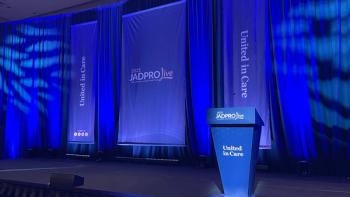
Despite Advances in Computerized Entry, Harmful Drug Orders Persist
The Leapfrog Group (www.leapfroggroup.org) released its report Preventing Medication Errors in Hospitals April 7, which analyzed computerized physician order entry (CPOE) adoption and its ability to detect potentially harmful medication errors.
The Leapfrog Group (
In the hospitals in which CPOE systems were in place, 39% of potentially harmful drug orders were not detected by the system to alert staff of potential errors, and 13% of potentially fatal orders failed to trigger an alert by the system.
The Leapfrog Group noted that while CPOE has reduced the likelihood of medication errors, the potential for errors has not been eliminated. The report illustrates the need for human oversight of CPOE and manual review of medication prescribing, as well as adherence to ongoing medication reconciliation and review procedures.
Newsletter
Knowledge is power. Don’t miss the most recent breakthroughs in cancer care.


















































































